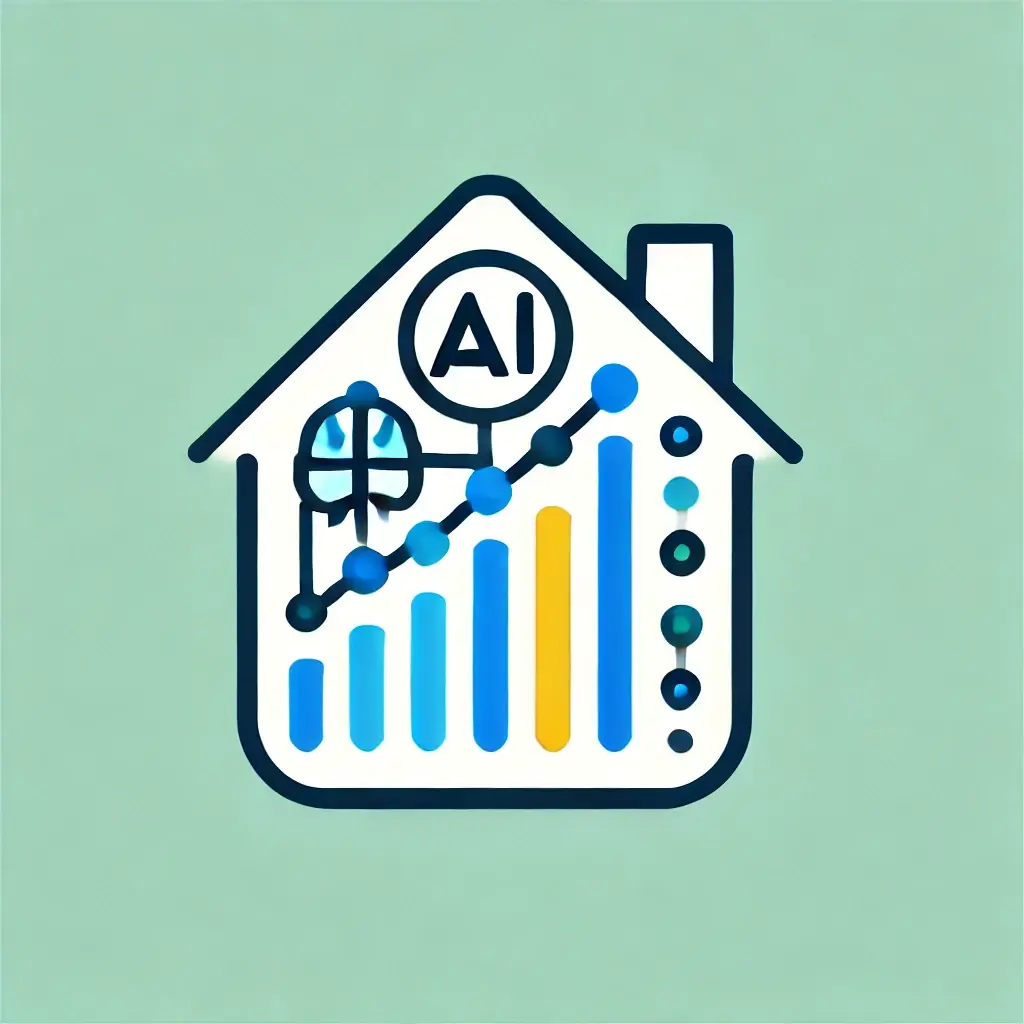AI-Driven Learning Analytics is transforming the educational landscape by harnessing the power of artificial intelligence to analyze student performance and learning patterns. This integration of AI technologies into learning analytics platforms and educational tools enables educators to gain deeper insights into student behaviors, tailor learning experiences, and enhance educational outcomes.
Understanding AI-Driven Learning Analytics
Learning analytics involves the systematic collection and analysis of data related to student performance and interactions with educational content. Traditionally, this process relied on periodic assessments to gauge student understanding. However, with the advent of AI, continuous learning analytics has emerged, allowing for real-time monitoring of students’ interactions, including response accuracy, time spent on tasks, and emotional cues during learning activities. This shift provides a more comprehensive view of student progress and learning patterns, enabling educators to make informed decisions based on a broader dataset[1][2].
Key Features of AI-Driven Learning Analytics
1. Real-Time Insights and Interventions
AI technologies can analyze vast amounts of data quickly, identifying patterns and trends that may indicate a student is struggling. For instance, if a student shows signs of frustration while working on an assignment, AI can trigger immediate support by generating targeted resources or alternative explanations to assist the learner. This real-time intervention helps to address issues before they escalate, fostering a more supportive learning environment[1][3].
2. Adaptive Learning Pathways
AI-driven systems can create personalized learning experiences by adjusting the difficulty and complexity of content based on individual student performance. As students progress, the system tracks their achievements and modifies subsequent learning materials to ensure they remain challenged yet engaged. This adaptability promotes a sense of accomplishment and keeps learners motivated[2][3].
3. Enhanced Feedback Mechanisms
Traditional assessments often provide limited feedback, but AI can offer instant, personalized insights into a student’s learning process. By analyzing responses in detail, AI can identify misconceptions and suggest tailored guidance, transforming assessments into opportunities for continuous improvement rather than mere evaluations[1][2].
4. Automated Content Generation
AI’s capabilities extend to content creation, where it can generate diverse educational materials based on identified learning gaps. This ensures that students have access to relevant resources that cater to their specific needs, enhancing the overall learning experience[3][1].
Conclusion
The integration of AI into learning analytics represents a significant advancement in educational technology. By leveraging AI-driven insights, educators can better understand student needs, personalize learning experiences, and ultimately improve educational outcomes. As AI continues to evolve, its applications in learning analytics will likely expand, further enhancing the effectiveness and efficiency of educational practices[2][3].
Further Reading
1. 2024 Trends: AI-Powered Learning Analytics – eLearning Industry
2. AI-Driven Evolution in Learning Analytics for Digital Education
3. AI in Education Analytics – Lambda Solutions Inc
4. https://www.sciencedirect.com/science/article/pii/S1747938X24000253
5. An artificial intelligence-driven learning analytics method to examine the collaborative problem-solving process from the complex adaptive systems per…


